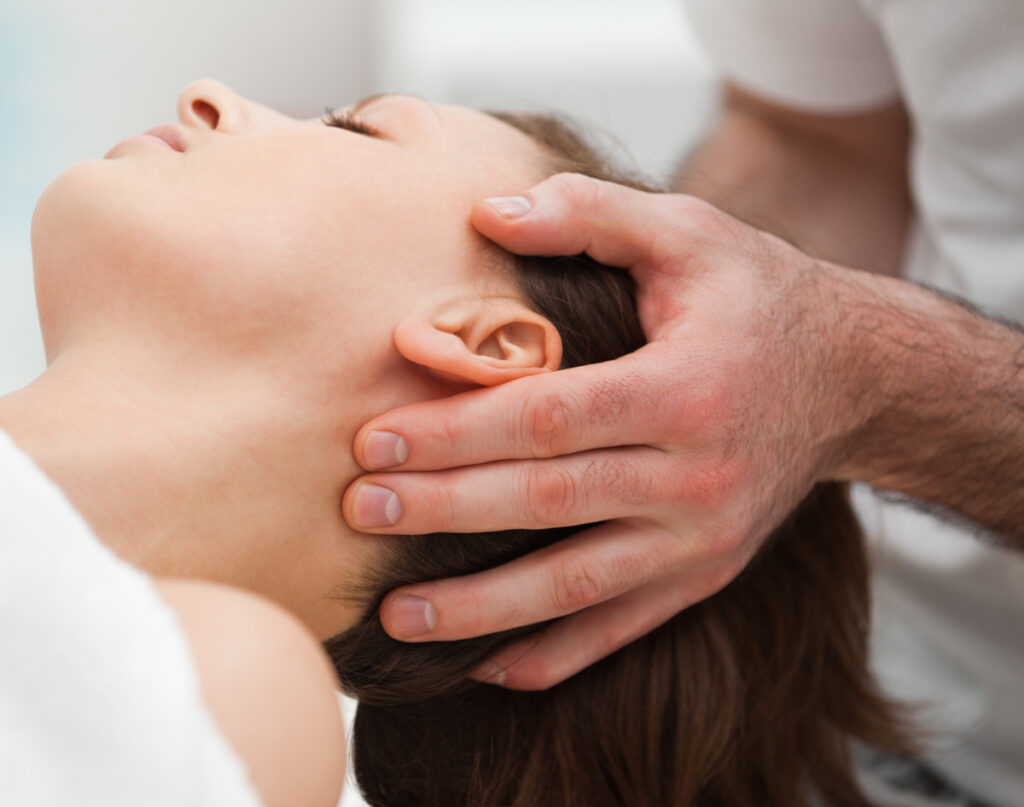Craniosacral therapy (CST) relies upon the conviction that by using light pressure appeared through touch the strains troubled on the craniosacral structure can be lessened, consequently provoking prosperity in individuals with explicit conditions affecting the frontal cortex, spine and different district of the body. The craniosacral system encompasses the cranial bones, cerebrospinal fluid, nerves and layers that incorporate the frontal cortex and spinal line. This exhaustive practice furthermore develops the likelihood that the bones of the noggin can be moved and that this improvement impacts the craniosacral rhythm of the cerebrospinal fluid. This elective viewpoint taking drugs contrasts from the more standard confidence in various academic circles that the bones that structure the skull merge during youth and are thus ill suited to move.

The authentic scenery of CST began with Specialist William Sutherland, who at first proposed the idea some place in the scope of 1898 and 1900. During the 1940s Dr. Sutherland facilitated a post-graduate course at the American School of Osteopathy comparing to his revelations. From 1975 – 1983 Dr. John Upledger worked with Sutherland’s assessment through various clinical primers and conveyed gives insights about CST while filling in as an educator of biomechanics and a clinical researcher at the School of Michigan. Today there is wide conversation among specialists, analysts, patients and approved CST experts regarding whether CST can patch various illnesses and whether the basics of the therapy hold up to clinical assessment. As shown by advocates there are different benefits to CST treatment. These consolidate alleviations of such conditions as migraines, steady neck and back torture, temporomandibular joint disarray (TMJ), fibromyalgia, an absence of capacity to focus reliably mix (ADD) and progressing exhaustion problem.
Various patients with these issues acknowledge that their CST therapy facilitated the aftereffects related with these disorders and issues, enabling them to continue with better lives. Rivals fight that ongoing real factors, convictions and statutes of therapy are themselves blemished, either because of unsure investigation or considering carelessness for recognized practices and convictions in the clinical field. One of the essential conflicts against CST is the conviction that the bones of the skull cannot move with the exception of assuming that phenomenal pressure for example a clinical saw used during neurosurgery, are used upon the head. They conviction that the strain moved by partners of CST, that pressure applied by fingertips alone can help with easing misery and disorders, does not hold up to recognized clinical practices. At the present time the Public Association of Prosperity is driving clinical starters to choose if craniosacral therapy can reduce migraines, which are difficult to treat in various patients even with medication. Until recently the assessment recommends that such techniques truly offer assistance to patients.
